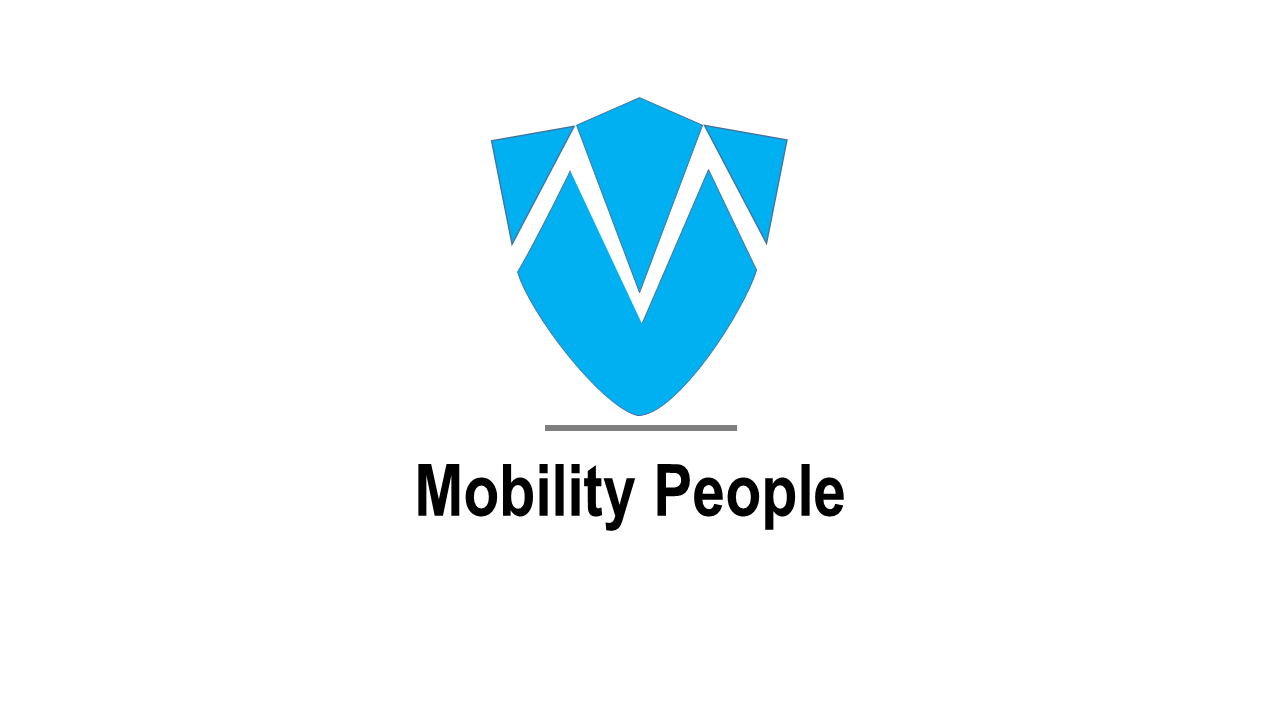One of the most inspirational quotes by the late Nelson Mandela is that ‘Education is the most powerful weapon which you can use to change the world’. This a straightforward and yet profound statement. Profound in the sense that education not only makes for a more informed citizenry but can also be a tool to fight poverty thereby helping reduce the existing inequalities in our deeply unequal society. As we celebrate Mandela’s centenary year and as we approach this year’s Mandela Day, we should all ask ourselves if we are enabling our children to acquire this powerful tool-Education.
A key component of this enabling is getting children to and from school safely. Taken in this light, it seems to me like we are grossly failing our children as millions of children across the world continue to be maimed and killed on arguably the most important journey that a child takes every day-the journey to and from school. Indeed, available statistics indicate that worldwide, road traffic crashes are the leading cause of death among those aged 15-19 and the second leading cause of death for those aged 5-15 years (age groups that encompass children and youth of school-going age). Millions more children are injured each year and require hospital care for non-fatal injuries as a result of road traffic crashes.
Sadly, the nexus between road traffic risk and poverty means that children from lower-income families; whose only ticket out of poverty might be education are the ones who are most affected by the road traffic crash epidemic and are therefore likely to remain stuck in poverty. It is therefore imperative that we address the road safety crisis faced by children across South Africa; particularly child pedestrians in the lower-income neighbourhoods in urban areas, as well as in rural areas in general. In the low-income neighbourhoods in urban areas a combination of factors makes child pedestrians particularly vulnerable. These include: lack of traffic lights and road signs, absence of posted speed limits, compounded by high vehicle volume, traffic speed and lack of pavements, forcing pedestrians to walk on the roadway.
Improving child road safety dovetails with the world’s commitment to ensuring that children and adolescents can be safe by 2030 as part of the 2030 Agenda and of the Sustainable Development Goals (SDGs). In order to achieve this goal, we must ensure that children grow up in a safe environment in which among other things they travel safely to school to get an education, which itself is a key right for children. The solutions to make school travel safer are there and have been successfully implemented in different parts of the world. These inter alia include: school zones, traffic calming, road safety education, safe scholar transport, walking school buses and cycle trains. We can replicate these or where they have already been introduced scale these up. As we commemorate this year’s Mandela Day let us all ensure that children get safely to and from school. We need to commit ourselves, individually and collectively to reducing child road traffic injuries and fatalities. As parents, we have the ultimate responsibility for the safety of our children so should be heavily involved in improving safety through for example teaching road safety to our children and ensuring that we make proper arrangements for our children to get to and from school safely. Schools can play a role in teaching road safety education and advocating for safe school zones. Government and policy makers have a responsibility to provide children with safe roads, a vital connection to school.
Let us build new, and strengthen existing child road safety relationships so that we work collaboratively to make the school journey safer for our children. We owe them this much.
